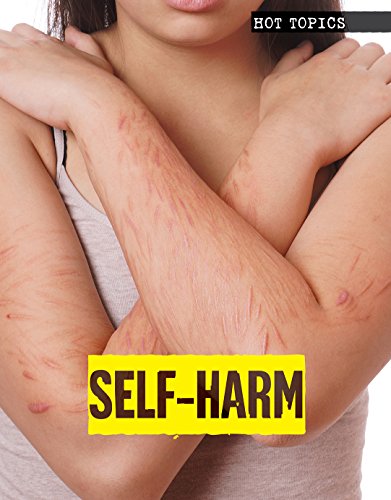-
Self-Harm
Toney Allman
Library Binding (Lucent Press, March 1, 2017)Self-harm is a problem many young adults struggle with silently. Decreasing the stigma surrounding this phenomenon is key to ending its prevalence. Using charts and full-color photographs, the underlying causes of this dangerous trend are examined, helping readers understand the reasons why they harm themselves and recognize the signs in others. Contact information is provided for organizations that young adults can turn to for emotional support and healthier ways to cope with stress. T
T
-
Self-Harm
Lisa Firth
language (Independence Educational Publishers, Jan. 20, 2011)It is thought that the prevalence of self-harm is drastically underestimated, as those who harm themselves usually do so in secret and go to great effort to hide any marks. This book looks at what self-harm is, who does it and why. It also examines the stigma attached to self-harm. The information comes from a variety of sources, including government reports and statistics, newspapers and magazine articles, surveys and polls, academic research and literature from charities and lobby groups; articles have been tailored to an 11 to 14 age group. Additionally, at the end of each chapter are two pages of activities relating to the articles and issues raised in that chapter.
-
Self-Harm
Cath Senker
Library Binding (Heinemann, Aug. 1, 2012)Everyone faces troubles and challenges in their life - and self-harm is the way some people try to cope with the pressures. But what can trigger this way of dealing with painful feelings? And what are the alternatives? This book looks at the experiences of young people, shows how to reduce the risk and find support - and explodes some myths along the way.
-
Self-Harm
Cath Senker
Paperback (Heinemann, Aug. 1, 2012)Everyone faces troubles and challenges in their life - and self-harm is the way some people try to cope with the pressures. But what can trigger this way of dealing with painful feelings? And what are the alternatives? This book looks at the experiences of young people, shows how to reduce the risk and find support - and explodes some myths along the way.